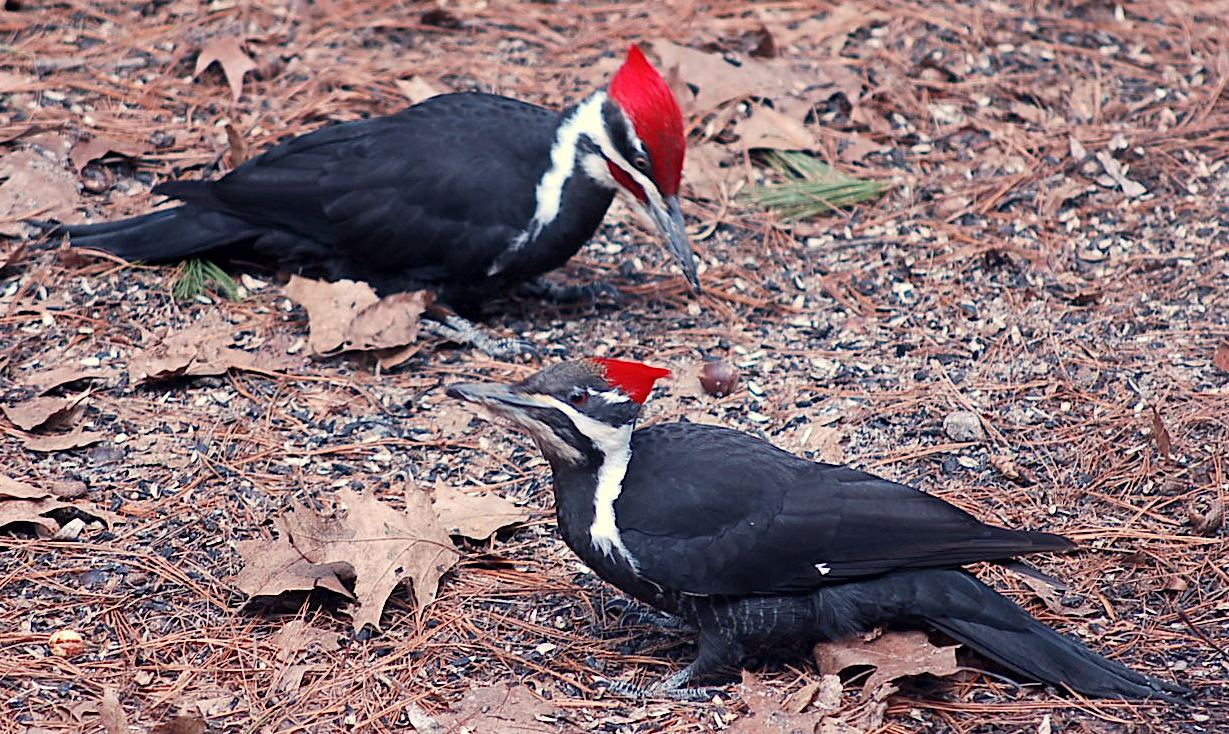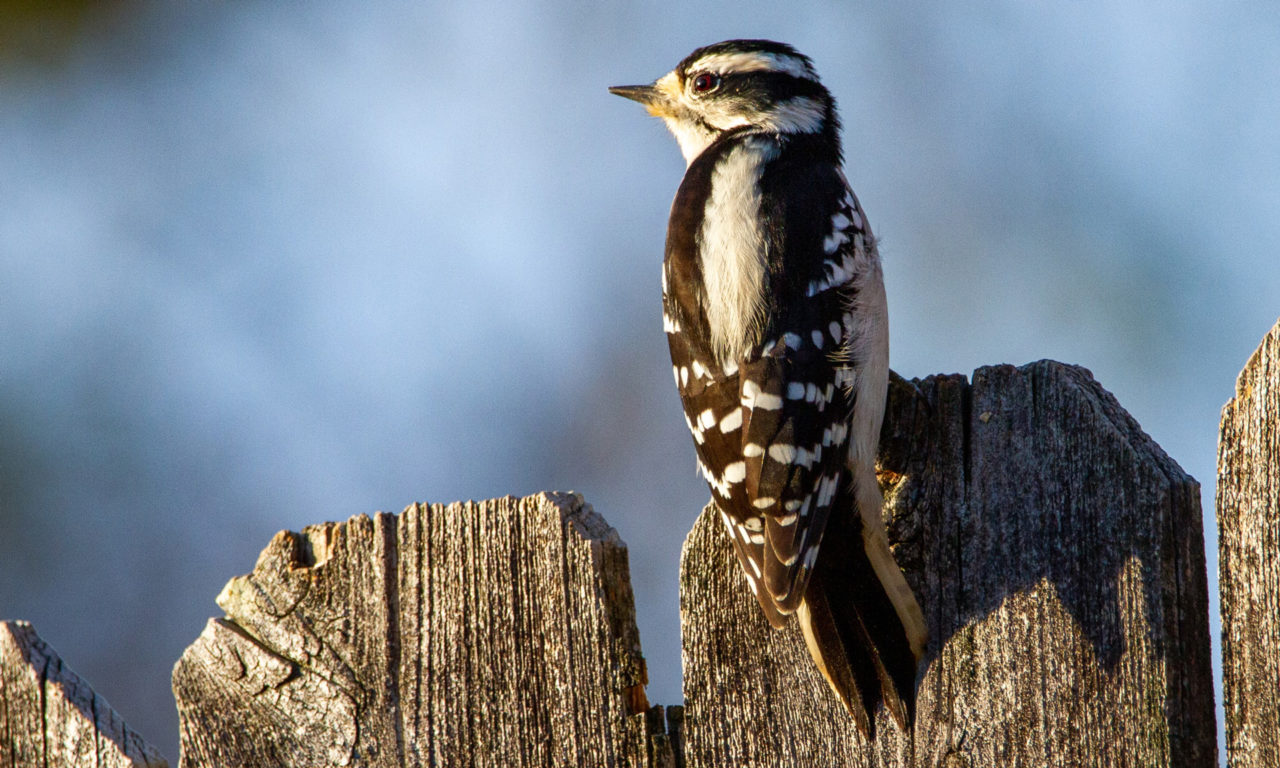Observing Woodpeckers in Florida: Types Diversity and Distribution
Observing Woodpeckers in Florida: Types Diversity and Distribution
Blog Article
Woodpeckers: A Comprehensive Guide to Understanding These Unique Birds
Woodpeckers, with their unique behaviors and physical attributes, have long mesmerized the curiosity of ornithologists and nature lovers alike. As we explore the complex makeup, diverse varieties, and ecological relevance of woodpeckers, a deeper recognition for these unique birds and the secrets they hold unravels.

Woodpeckers' Drumming Behavior
Woodpeckers exhibit a balanced and specific drumming actions that offers numerous crucial features in their lives. This actions is mostly connected with communication, area defense, and foraging. The distinctive drumming audio is developed by the quick pecking of their beaks against hard surfaces such as tree trunks, branches, and even steel items.
Communication is an important aspect of woodpecker behavior, and drumming plays a substantial duty in this procedure. Woodpeckers use drumming to establish their presence, attract friends, and preserve contact with their partners and offspring. The regularity, strength, and duration of drumming series communicate particular messages to other woodpeckers in the location.
In addition to communication, woodpeckers make use of drumming habits for territory protection. Woodpeckers in Florida. The loud and repeated drumming works as an advising to prospective intruders, signifying that the area is currently declared. By establishing their area through drumming, woodpeckers lower the possibility of conflicts over useful resources such as food and nesting websites
Moreover, woodpeckers additionally utilize drumming as a foraging strategy. The rhythmic pecking aids them locate pests hiding underneath the bark of trees by creating resonances that disrupt the victim's concealment. This habits showcases the adaptability and resourcefulness of woodpeckers in using their drumming skills for several important functions.
Unique Adaptations for Tree Climbing
Having actually mastered the art of drumming to interact, safeguard territory, and forage, woodpeckers have actually evolved unique adaptations that promote their exceptional climbing capacities in their arboreal habitats. One crucial adjustment is their specialized feet. Woodpeckers have zygodactyl feet, with two toes aiming forward and two toes directing in reverse. This arrangement supplies a solid grasp on the vertical surface areas of trees, allowing them to cling effortlessly while foraging for bugs or drumming. In addition, woodpeckers possess stiff tail feathers that function as a prop to sustain their bodies as they climb up. These tail feathers offer stability and equilibrium, making it possible for woodpeckers to steer up tree trunks with precision and agility.
In addition, woodpeckers have effective neck muscular tissues and an one-of-a-kind head framework that help in their climbing capabilities. Their strong neck muscles allow them to rapidly eat tree bark without experiencing whiplash, while their thick head and little brain serve as shock absorbers, safeguarding them from the impact of repeated drumming. These adjustments jointly allow woodpeckers to navigate the vertical globe of trees with performance and elegance.

Role of Woodpeckers in Environments
By foraging for pests under the bark of trees, woodpeckers aid manage parasite populaces, preventing outbreaks that can damage the total wellness of the woodland. more information Furthermore, woodpeckers produce tooth cavities in trees that serve as important nesting websites for a range of other bird species, promoting biodiversity within the ecosystem.
Moreover, the drumming and vocalizations of woodpeckers play a vital duty in interaction and area establishment. These sounds not only offer to draw in companions but also assist define limits between different woodpecker areas, lowering problems and advertising an unified coexistence within the forest area. Generally, the existence of woodpeckers in forest ecosystems highlights their relevance as keystone varieties, influencing the characteristics and operating of these habitats in multifaceted means.
Anatomy: Specialized Beaks and Feet
In the complex web of forest ecosystems, the specialized beaks and feet of woodpeckers are necessary adaptations that enable them to fulfill their vital ecological functions. Woodpeckers have distinct physiological features that are particularly made to aid them in their foraging and nesting habits.
One of the most distinctive function of woodpeckers is their solid, chisel-shaped beaks. These beaks are perfectly adjusted for exploration into wood to discover pests, larvae, and sap covert underneath the bark of trees. The solid muscles and durable framework of their beaks permit woodpeckers to peck at a rate of as i loved this much as 20 times per secondly without creating damage to their skulls.
Furthermore, woodpeckers have actually specialized feet that help in their acrobatic climbing up abilities. Their feet have two toes directing ahead and 2 toes aiming in about his reverse, providing a strong hold on upright surface areas (Woodpeckers in Florida). This one-of-a-kind foot setup, along with stiff tail feathers that serve as a helpful prop, enables woodpeckers to hold on to tree trunks and branches effortlessly while they look for food or dig deep into nesting cavities
Woodpecker Types Diversity
Woodpeckers are a varied team of birds found throughout numerous environments worldwide, with over 200 recognized species showing adaptations to different settings. Woodpeckers have actually developed to inhabit an array of atmospheres, from forests and timberlands to meadows and deserts, each presenting one-of-a-kind difficulties that have affected the evolution of distinctive woodpecker types.
Another adding element to woodpecker species variety is their specialized feeding behaviors. Different varieties have evolved to make use of various food resources, such as insects, tree sap, fruits, and nuts, bring about the advancement of details adaptations in beak form, size, and toughness. These adaptations make it possible for woodpeckers to forage efficiently in their corresponding habitats, lowering competitors amongst types and advertising niche differentiation. Furthermore, geographic isolation and historical variables have contributed fit the circulation and variety of woodpecker types, resulting in the large variety of specialized adjustments seen in these remarkable birds.

Conclusion
In verdict, woodpeckers are interesting birds that show special drumming behavior, specialized adaptations for tree climbing, and play essential duties in communities. With a varied variety of woodpecker species discovered worldwide, these birds are vital for maintaining the health and wellness and balance of woodlands and forests.
Report this page